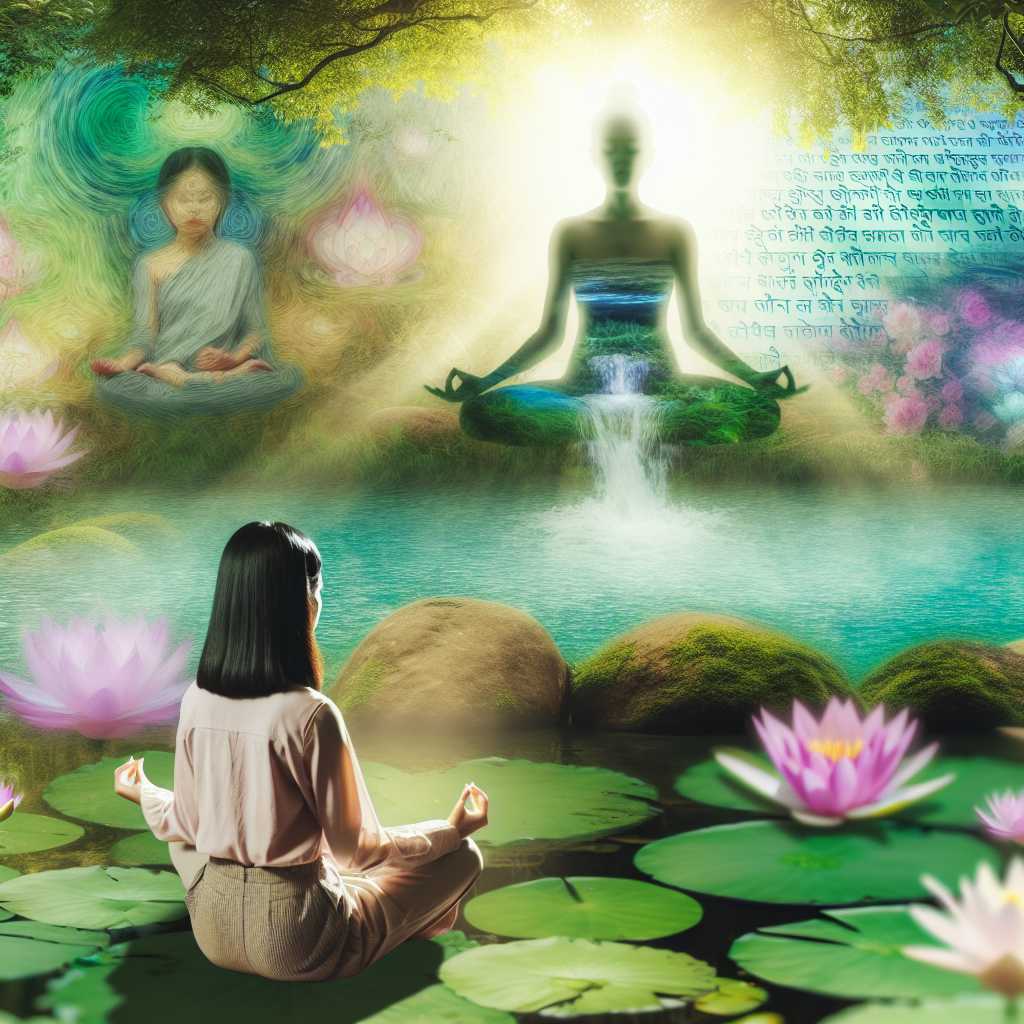In recent years, the sports landscape has witnessed the explosive growth of a sport that seems tailor-made for enthusiasts of all ages — pickleball. Originally conceived in the 1960s as a family backyard pastime, pickleball has emerged as one of the fastest-growing sports in the United States and is expanding its reach globally. Let’s delve into its development and explore the factors behind its meteoric rise.
The Origin Story
Pickleball was invented in 1965 by three fathers—Joel Pritchard, Bill Bell, and Barney McCallum—on Bainbridge Island, Washington. They designed the game as an inventive way to keep their families entertained during summer. With its amalgamation of badminton, tennis, and table tennis, pickleball quickly became a local favorite.
From Grassroots to Mainstream
The transition from a casual family game to a national phenomenon is nothing short of remarkable. The sport’s accessibility and minimal equipment requirements have played a significant role in its widespread appeal. All it takes is a paddle, a perforated plastic ball, and a modified badminton court to get started.
Moreover, pickleball courts are mushrooming in urban parks and community centers across America, appealing to a diverse demographic. The sport’s straightforward rules are easily adaptable, making it an attractive option for people of all ages and skill levels. This inclusivity has fueled its reputation as a sport for everyone.
The Competitiveness Factor
While it started as a leisurely activity, pickleball has evolved into a competitive sport with professional tournaments and leagues drawing significant attention. The establishment of the USA Pickleball Association in 1984 and its efforts to standardize rules have been crucial in providing a framework for competitive play.
Televised tournaments and endorsements of the sport by celebrities and former professional athletes have also bolstered its visibility. As a community-driven sport, leagues and competitions are becoming fixtures in the sports calendar, offering lucrative prize pools and sponsorship deals.
Health Benefits and Social Aspects
Pickleball isn’t just about breaking a sweat. It brings substantial health benefits, including improved cardiovascular fitness, balance, and agility. The sport also promotes a strong sense of community, fostering social interactions that are vital for mental health.
Looking to the Future
As pickleball garners global interest, its integration into sports culture seems inevitable. With international federations and potential inclusion in multi-sport events, the global stage is set for pickleball. Enthusiasts anticipate its official inclusion in the Olympic Games, which would undoubtedly enhance its stature worldwide.
In summary, pickleball’s rise from a peculiar backyard invention to a competitive sport with far-reaching appeal is a testament to its enduring allure. It embodies the spirit of inclusivity and adaptability, promising to engage future generations in the joys of play and competition.


